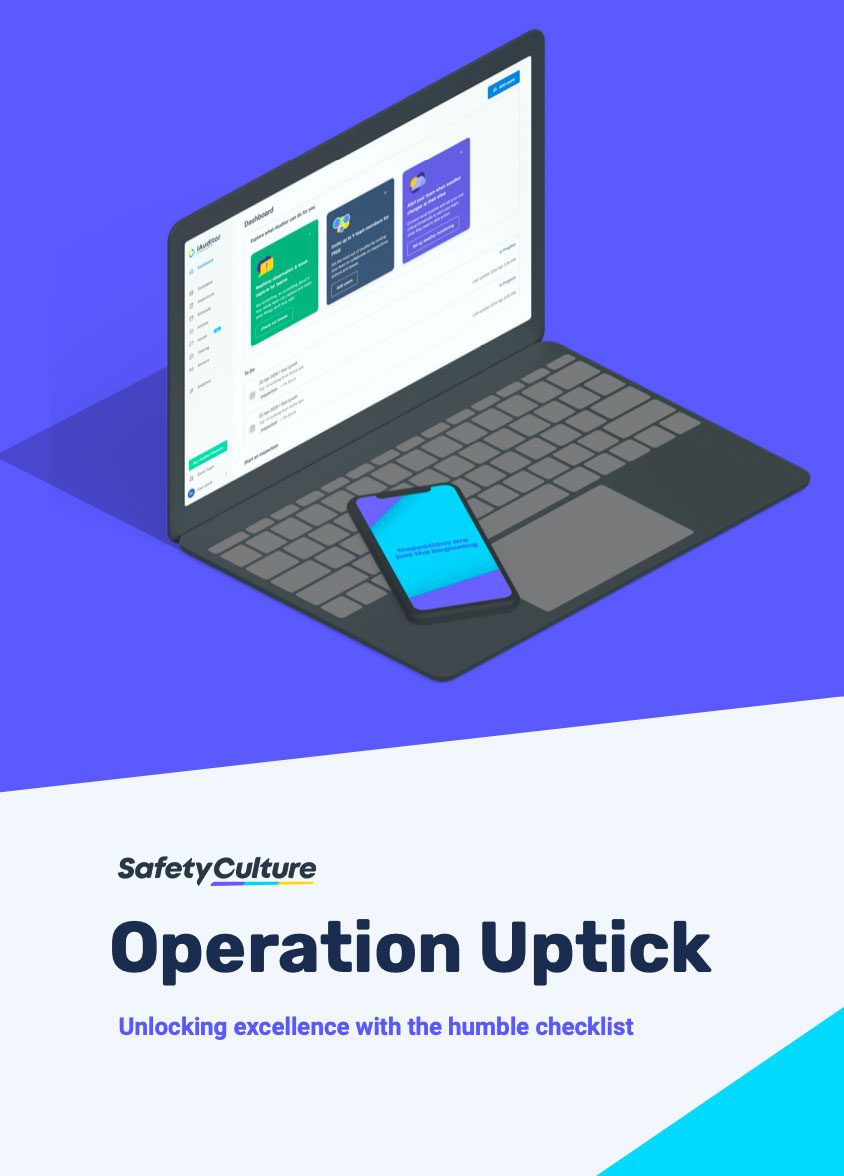Separating the signal from the noise
Ask The Experts | By | 24 May 2021 | 3 minute read


Adi Gaskell, SafetyCulture guest contributor, Future of Work columnist at Forbes, advisor for the European Institute of Innovation & Technology, and mentor for startups through Startup Bootcamp. Adi has a masters degree in IT, specializing in artificial intelligence and has spent 15 years working with startups, corporates, consultancies, government agencies, and universities.
In a bygone era, decision-making used to suffer from the HiPPO (or Highest Paid Person’s Opinion) phenomenon, whereby logic goes out of the window in favour of the whim of the most senior executive in the room. With the rise of big data, this phenomenon was supposed to be diminished.
After all, as W. Edwards Deming famously remarked, “In God we trust, but all others must bring data.” Except it hasn’t always worked out that way, with research from the University of London highlighting that even with a mountain of data to fall back on, many executives continue to rely on their gut instinct. Indeed, even when it comes to making financial decisions, managers seem less inclined to follow the data and instead make decisions based on gut instinct.
It’s not supposed to be this way, especially as advocates of data-driven decision-making are so firm in their support for the rationale. For instance, the McKinsey Global Institute argues that those businesses that are able to use data effectively are an incredible 19 times more likely to be profitable than their instinct-driven peers. Similar data from EY even found that the overwhelming majority of executives think that data should underpin everything they do.
Making data work
So what is stopping organisations from making more effective use of data? Let’s begin by looking at the quality of the data itself. Just having data is not enough, however, and for it to be useful it needs to be timely, relevant, complete, accurate, valid, and complete. This is clearly not the case with data in its raw form, so work needs to be done to make data usable in a timely manner.
Fundamental to the efficient use of data is the skills of employees to collect, process, and utilize the data. The skills gap in areas such as data science has been well documented around the world, with the problem particularly pronounced in sectors that sit outside highly fashionable industries, such as technology, finance, and life sciences.
Visualization is an increasingly common means of lowering the barriers to entry with regards to using data effectively. While the use of visualization is over 100 years old, it has truly taken off as data has become more plentiful across our organisations as it makes data more accessible, especially to non-data professionals.
Researchers from Accenture highlight how valuable visualization is to help organisations make effective use of data. Among the companies identified as the strongest performers in the UK’s FTSE 350 stock index, the mentions of technology were 21% higher than their peers. This was especially so with cloud technology, with every single mention of cloud visualization associated with the strongest performing companies.
One of the most successful forms of visualization has been the humble checklist. As Atul Gawande highlights in his Checklist Manifesto, checklists enable us to break down complex tasks into more manageable chunks. By deploying checklists we’re able to ensure efficiency and consistency even when the tasks are undertaken by a large number of people. Today they’re used in a huge range of fields, from medicine to piloting airplanes. Checklists have become even more powerful with the advent of digital tools, such as task management software that often conjoin checklists with data in an accessible way.
Telling stories
Storytelling has also become an increasingly important tool in helping organisations to make sense of data. For instance, data scientists at Google have been working with the Central Water Commission of India to alert people in India about impending floods. The service, which was rolled out initially in the Patna region, has been regularly sending out alerts to local citizens.
“A variety of elements — from historical events, to river level readings, to the terrain and elevation of a specific area — feed into our models,” Google’s engineering VP Yossi Matias says in a blog post. “With this information, we’ve created river flood forecasting models that can more accurately predict not only when and where a flood might occur, but the severity of the event as well.”
These stories help to engage in the kind of gamified microlearning that is so important in ensuring knowledge retention, which is ultimately what is required if data is to be acted upon. That’s because stories are hugely engaging and allow us, just as checklists do, to learn in a short space of time incredibly effectively. Indeed, data from EdApp by SafetyCulture shows that the average retention rate from microlearning is up to 6 times that from more traditional learning. It’s when learning is enjoyable that we truly internalise the knowledge that we’re consuming.
It’s perhaps no surprise that the Harvard Business Review highlights the competitive advantage data is providing to companies at the forefront of their industries, but we need to do a better job of using visualization of that data to make it more accessible to people throughout our organisations. By using tools such as checklists and storytelling, we can go a long way towards achieving the kind of data-driven results HBR and others advocate.

Dig into the insights you need to reset your operations and get back on track.
Download the full report here.
Important Notice
The information contained in this article is general in nature and you should consider whether the information is appropriate to your specific needs. Legal and other matters referred to in this article are based on our interpretation of laws existing at the time and should not be relied on in place of professional advice. We are not responsible for the content of any site owned by a third party that may be linked to this article. SafetyCulture disclaims all liability (except for any liability which by law cannot be excluded) for any error, inaccuracy, or omission from the information contained in this article, any site linked to this article, and any loss or damage suffered by any person directly or indirectly through relying on this information.





